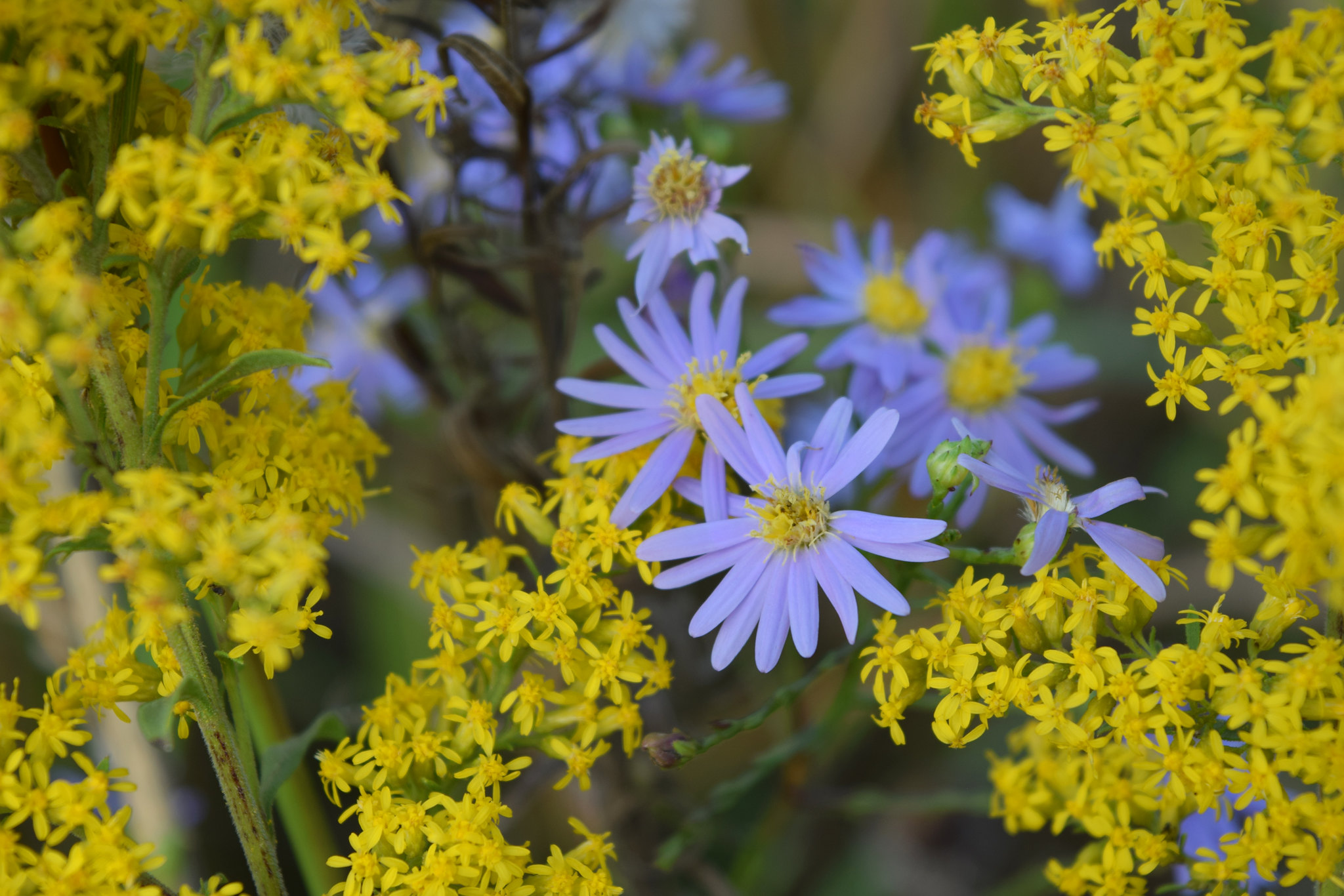 Sometimes I feel like there is some kind of disparity between science and art. Sometimes I feel like there is this intrinsic desire we have as humans to box up numbers and logic into one category and place words and emotions into another.
Sometimes I feel like there is some kind of disparity between science and art. Sometimes I feel like there is this intrinsic desire we have as humans to box up numbers and logic into one category and place words and emotions into another.
The context in which I have lived has always felt to me to be mixed. My cultural background is multiracial. My music taste ranges from 80s rock to smooth jazz to country in a heartbeat. Most of my friends come from a wide range of family backgrounds. They are pursuing vastly different dreams. Academically, I’m studying for a Double Major in Psychology and English. I don’t think any of these things, or any other aspects of who I am that I find to be paradoxical, make me much different from anybody else. I think in most ways, we are all a little bit multifaceted in how we live. I think this is part of what makes us human. We were never made to be one-dimensional or to be summed up by a singular label.
I have spent a lot of this autumn thinking about these dualities, but most notably, I have been thinking a lot about the duality of science and art. A few years ago, before studying science and art as my “official” academic pursuit was even something on my radar, I read Robin Wall Kimmerer’s book Braiding Sweetgrass.
She explains how the flowers golden rod and aster are each individually “a botanical superlative,” but together, “the visual effect is stunning. Purple and gold, the heraldic colours of the king and queen of the meadow, a regal procession in complementary colours.” The further exploration of the story that she explains behind these twin colours is stunning because when “composing a palette, putting them together makes each more vivid; just a touch of one will bring out the other. In a treatise on colour perception, Goethe, who was both a scientist and a poet, wrote that ‘the colours diametrically opposed to each other… are those which reciprocally evoke each other in the eye.’” Purple and yellow as colours are a “reciprocal pair.” Growing together actually helps amplify the number of pollinator visits they receive. Kimmerer explains how this is almost a metaphorical representation of “a question of science, a question of art, and a question of beauty”.
The interwoven parallel between science and art amplifies the fruit of each of these disciplines and allows for curiosity, wisdom and education to expand. To be multifaceted is to be human. To study multiple domains of knowledge integrates your learning and enriches and extends your curiosity.
I guess what I’m trying to say is that science and art are like complementary colours to me now. Their differences amplify each other’s strengths. I’m embracing how it sometimes feels disorienting to go from lectures about sonnet structures to lectures about neurotransmitters when both are equally important for my degree.
Until next time,
Hannah
Photo credit: Peter Gorman